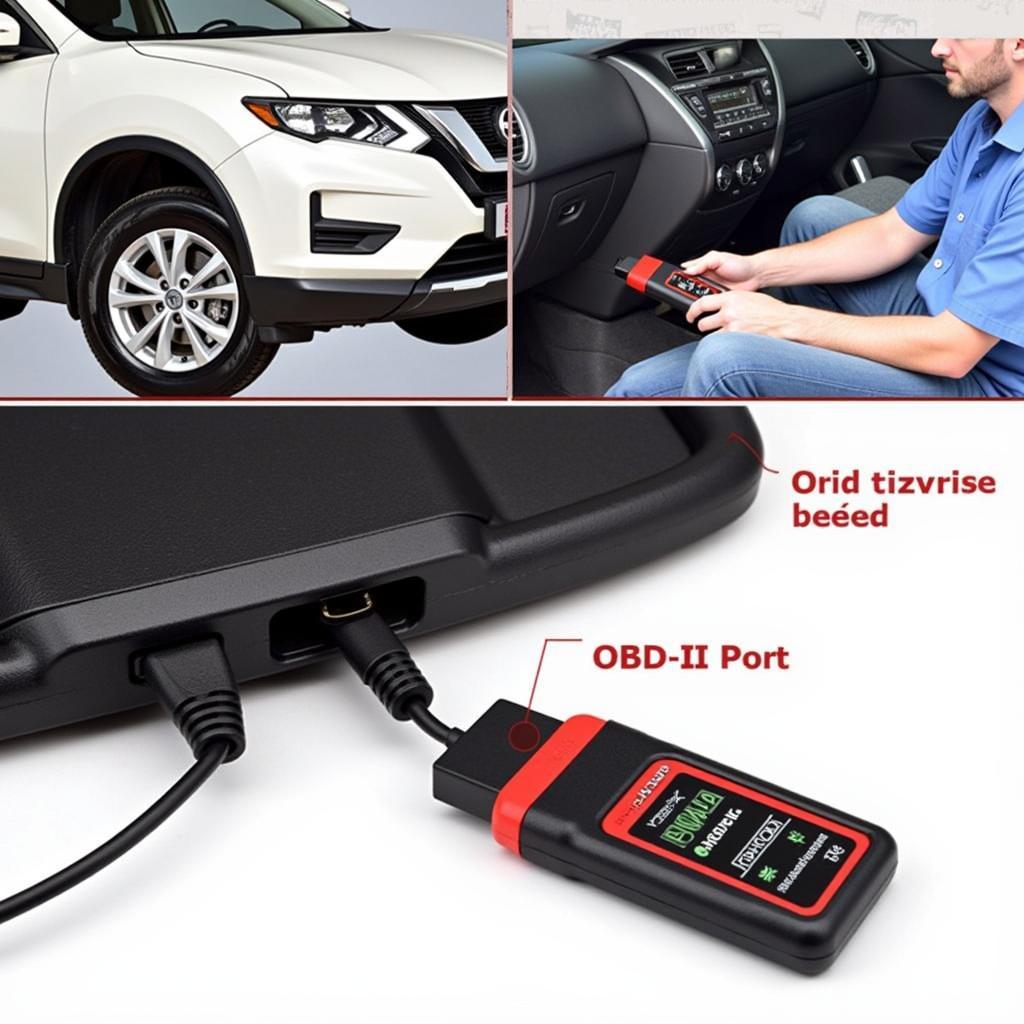A computer barcode scanner is an essential tool for businesses of all sizes. From retail stores to hospitals, these devices streamline operations by quickly and accurately reading barcodes. But have you ever stopped to wonder how these devices actually work? This comprehensive guide delves into the intricacies of computer barcode scanners, exploring their inner workings, types, and applications.
Decoding the Magic: Components of a Computer Barcode Scanner
A computer barcode scanner comprises several key components that work in unison to capture and decode barcode information:
- Illumination System: This system, often consisting of LEDs, shines light onto the barcode. The type and intensity of light can vary depending on the scanner and the type of barcode being scanned.
- Lens: The lens focuses the reflected light from the barcode onto the sensor.
- Sensor: This component, typically a Charged Coupled Device (CCD) or a CMOS sensor, captures the light reflected from the barcode and converts it into an electrical signal.
- Decoder: This crucial part interprets the electrical signal generated by the sensor. It analyzes the pattern of light and dark bars, converting them into digital data that a computer can understand.
- Cable/Wireless Connection: The decoder transmits the decoded data to a computer or POS system via a wired (USB, serial) or wireless (Bluetooth, Wi-Fi) connection.
The Barcode Scanning Process: From Scan to Data
The process of scanning a barcode is surprisingly simple yet remarkably efficient:
- Scanning the Barcode: When you pass a barcode scanner over a barcode, the illumination system bathes the barcode in light.
- Light Reflection and Capture: The light reflects off the barcode’s black bars and white spaces at varying intensities. This reflected light is then captured by the lens and focused onto the sensor.
- Signal Conversion: The sensor converts the pattern of reflected light into an analog electrical signal.
- Decoding the Signal: The decoder then analyzes the analog signal, converting it into a digital representation of the barcode’s data. This data typically includes information such as product codes, serial numbers, and batch numbers.
- Data Transmission: Finally, the decoded data is transmitted to a connected computer or POS system, which then uses the information for inventory management, sales processing, or other relevant operations.
Types of Computer Barcode Scanners: Choosing the Right Fit
Computer barcode scanners come in various types, each tailored to specific applications and environments:
1. Pen-Type Scanners
These are the most basic and affordable type of barcode scanner. They resemble a pen and require physically dragging the tip across the barcode.
Pros:
- Affordable
- Compact and lightweight
Cons:
- Can be prone to errors if not scanned properly
- Not suitable for high-volume scanning
2. Laser Scanners
Laser scanners are widely used and offer a good balance between affordability and performance. They utilize a laser beam to read barcodes and are known for their accuracy and speed.
Pros:
- Accurate and reliable
- Relatively fast scanning speeds
- Can read barcodes from a distance
Cons:
- More expensive than pen-type scanners
- May struggle with damaged or poorly printed barcodes
3. CCD Scanners
CCD scanners use an array of tiny light sensors (CCDs) to capture the barcode image. They are known for their accuracy, even with damaged or poorly printed barcodes.
Pros:
- Highly accurate
- Can read damaged or poorly printed barcodes
- More affordable than laser scanners
Cons:
- Slower scanning speeds compared to laser scanners
- Typically require the barcode to be closer to the scanner
4. 2D Image Scanners
2D image scanners are becoming increasingly popular due to their versatility. They can read both 1D (linear) and 2D (matrix) barcodes, such as QR codes.
Pros:
- Can read both 1D and 2D barcodes
- Can capture images and signatures
- Suitable for a wide range of applications
Cons:
- More expensive than 1D scanners
Optimizing Your Barcode Scanning Experience: Tips and Considerations
To maximize the efficiency and effectiveness of your barcode scanning operations, consider these essential tips:
- Choose the Right Scanner: Select a scanner type that aligns with your specific needs and budget, considering factors such as scanning volume, barcode types, and required scanning distance.
- Ensure Proper Lighting: Adequate lighting is crucial for optimal scanning performance. Avoid glare or shadows on the barcode, as they can interfere with the scanning process.
- Maintain a Clean Environment: Dust, dirt, and debris on the scanner lens or the barcode itself can hinder scanning accuracy. Regularly clean your scanner and maintain a clean working environment.
- Optimize Barcode Quality: Ensure that your barcodes are printed clearly with high contrast between the bars and spaces. Damaged or poorly printed barcodes can lead to scanning errors.
“Investing in the right barcode scanner and implementing best practices can significantly enhance efficiency and accuracy in various business operations.” – John Smith, Senior Systems Engineer at ScanToolUS.
Conclusion: Enhancing Efficiency Through Barcode Technology
Computer barcode scanners have revolutionized the way businesses operate, providing a fast, accurate, and efficient way to collect and manage data. By understanding how these devices work and exploring the different types available, businesses can make informed decisions to optimize their operations and enhance productivity. For expert guidance on selecting the right barcode scanner for your needs, contact ScanToolUS at +1 (641) 206-8880 or visit our office at 1615 S Laramie Ave, Cicero, IL 60804, USA.

